Adenosine and Adenine Nucleotides From Molecular Biology to Integrative Physiology Table of Contents
I. Molecular and Cellular Biology of Adenosine and ATP
A. Molecular Biology
1. Molecular Biology of Adenosine Receptors
2. Recombinant Techniques as Applied to the Study of A1Adenosine Receptors
3. In Situ Hybridization of Adenosine Receptors in Brain
4. Molecular Modeling of Adenosine A1and A2aReceptors
5. Purinoceptor Nomenclature: Challenges for the Future
6. Molecular Cloning and Expression of SNST1, a Renal Sodium/Nucleoside Cotransporter
7. Antibodies as Probes of Nitrobenzylthioinosine-Sensitive Nucleoside Transporters
B. Cellular Biology
8. Regulation of the Human A1Adenosine Receptor Gene
9. Adenosine A2Receptor Regulation of Striatal Gene Expression
10. Neuronal ATP Receptors
11. Possible Role of Glia in the Induction of CNS-like Properties in Aortic Endothelial Cells: ATP-Activated Channels
12. Modulation of Cardiomyocyte Membrane Currents by A1Adenosine Receptors
13. Regulation of Phospholipases C and D, Calcium, and Protein Kinase C by Adenosine A1Receptors
14. Adenosine Derived from Neurally Released ATP Is the Physiologic Cause of Skeletal Neuromuscular Depression
15. Adenosine 5′-Triphosphate Receptor
Mediated Currents in Rat Intracardiac Neurons
16. Desensitization of A1Adenosine Receptors
II. Medicinal Chemistry
17. Selective A2Adenosine Receptor Agonists with Potent Inhibitory Activity on Platelet Aggregation
18. Novel ATP Agonists Reveal Receptor Heterogeneity within P2xand P2ySubtypes
19. Adenosine Receptors: Selective Agonists and Antagonists
III. Purine Release and Metabolism
20. Cardiac Energetics and Adenosine Formation
21. Extracellular Hydrolysis of ATP and Formation of Adenosine in the Nervous System
22. P-Glycoprotein Serves as a Transporter of Cellular ATP
23. On the Origin of Extracellular ATP in Cardiac Blood Vessels: A Dual Role for Endothelium
24. Aliosteric Modulation of Nucleoside Transport by Adenosine and ATP
IV. Physiology and Pharmacology of Adenosine and ATP: Effects on Tissue and Organs
A. Renal System
25. Chloride Secretion in the Shark Rectal Gland: A Model for Epithelial Adenosine Receptors
B. Cardiovascular System
26. Myocardial Adenosine Receptors
27. Coronary Adenosine Receptors: Subtypes, Localization, and Function
28. Biologic Activity of Adenosine A2aReceptor Antagonists
C. Nervous System (Central and Peripheral)
29. Role of A2aReceptors in the Hippocampus and Motor Nerve Endings
30. Augmentation of Extracellular Adenosine Formation as a Potential Therapeutic Strategy for Preventing Excessive Excitatory Amino Acid Transmission in the Central Nervous System
31. Purinoceptors on Glial Cells of the Central Nervous System: Functional and Pathologic Implications
32. Inhibitory Action of Adenosine and Adenine Dinucleotides on Synaptic Transmission in the Central Nervous System
33. Receptors for ATP at Peripheral Neuroeffector Junctions
34. Anatomic-Functional Correlates of Adenosine-5′-Triphosphate Triggered Vagal Depressor Reflex
35. Excitatory Effect of Adenosine on Cardiac Sympathetic Afferent Fibers
36. Mechanism of Anginal Pain: The Key Role of Adenosine
D. Other Systems
37. The P2ZReceptor and its Regulation of Macrophage Function
38. Effects of Purinoceptor Agonists on Insulin Secretion
V. Cytoprotective Actions of Adenosine
A. Cardioprotection
39. Receptor-Mediated and Metabolic Effects of Adenosine in Ischemic and Postischemic Myocardium
40. Role of Activation of Ecto-5′- Nucleotidase for Cardioprotection in Ischemic Preconditioning
41. Adenosine Uptake Blockers for Cardioprotection
42. Endothelial Adenosine Receptors Modulate Leukocyte Adhesion: Relevance for Myocardial Reperfusion Damage
B. Neuroprotection
43. Adenosine and Brain Ischemia
44. Adenosine Metabolites Are a Source of Oxygen Free Radicals in the Ischemic/Reperfused Rat Brain
45. Hyperglycemic Ischemia and Reperfusion: Effects on Adenosine and Adenine Nucleotides
C. Renal Protection
46. Studies on the Mechanism by Which Adenosine Receptor Antagonists Attenuate Acute Renal Failure
VI. Therapeutic Applications
A. Cardiovascular
47. Clinical Electrophysiology of Adenosine
48. Myocardial Imaging during Adenosine Infusion
49. Intravenous Adenosine and Lidocaine in the Limitation of Infarct Size: Preliminary Safety Data
50. Role of Adenosine in the Phenomenon of Ischemic Preconditioning
B. Nervous System
51. Anticonvulsant Actions of Novel and Reference Adenosine Agonists
52. Behavioral Effects of Adenosine Receptor Stimulation
53. Evidence for the Existence of Antagonistic Intramembrane Adenosine A2a/Dopamine D2Receptor Interactions in the Basal Ganglia: Analysis from the Network to the Molecular Level
C. Other Applications
54. Role of Adenosine and Adenosine Triphosphate as Anesthetic Adjuvants
55. Mechanisms and Therapeutic Actions of Uridine Triphosphate in the Lung
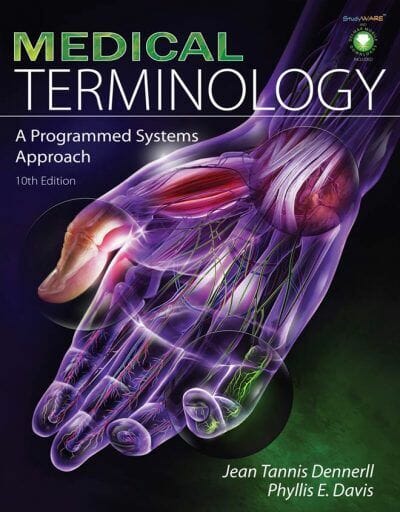


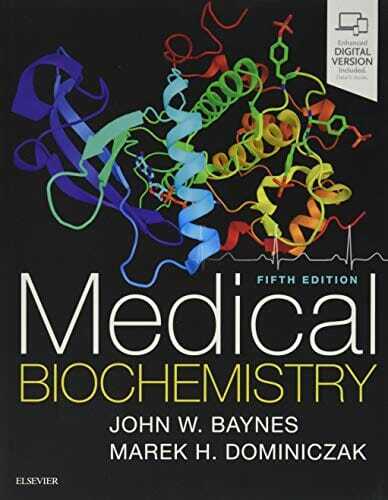
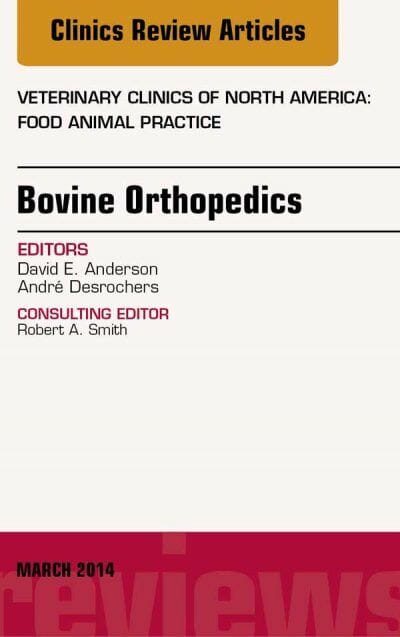
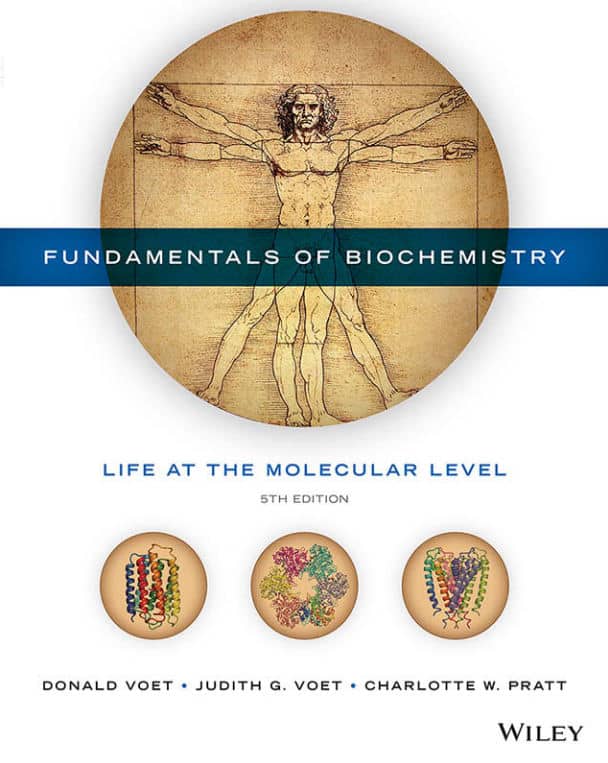
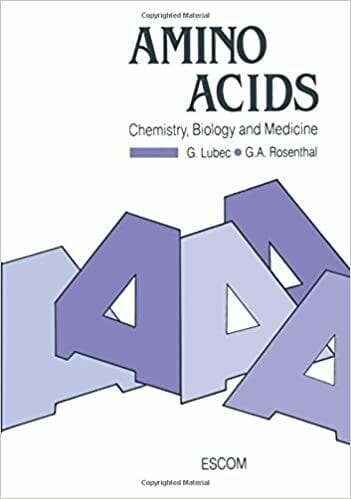
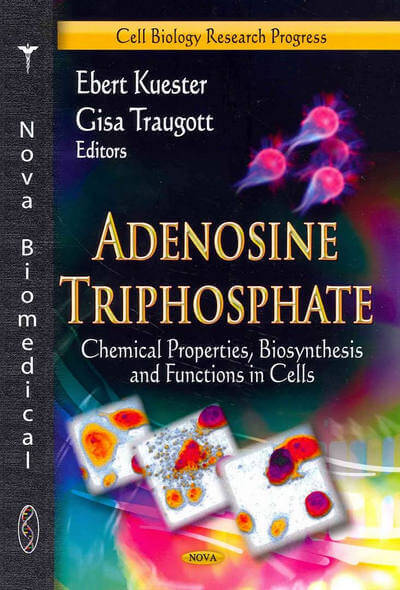
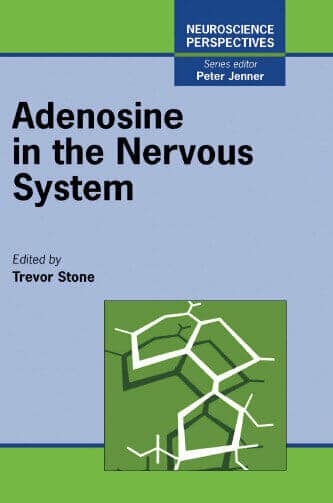
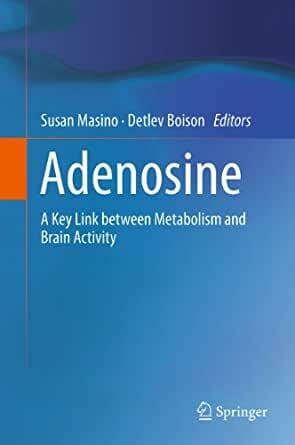

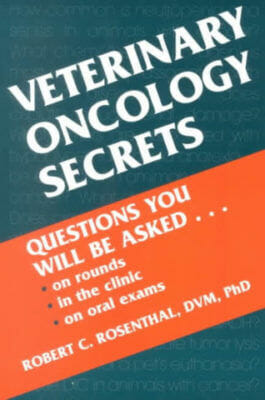




![Ettinger’s Textbook of Veterinary Internal Medicine 9th Edition [PDF+Videos] Ettinger’s Textbook of Veterinary Internal Medicine 9th Edition [True PDF+Videos]](https://www.vet-ebooks.com/wp-content/uploads/2024/10/ettingers-textbook-of-veterinary-internal-medicine-9th-edition-100x70.jpg)

![Textbook of Veterinary Diagnostic Radiology 8th Edition [PDF+Videos+Quizzes] Thrall’s Textbook of Veterinary Diagnostic Radiology, 8th edition PDF](https://www.vet-ebooks.com/wp-content/uploads/2019/09/textbook-of-veterinary-diagnostic-radiology-8th-edition-100x70.jpg)





